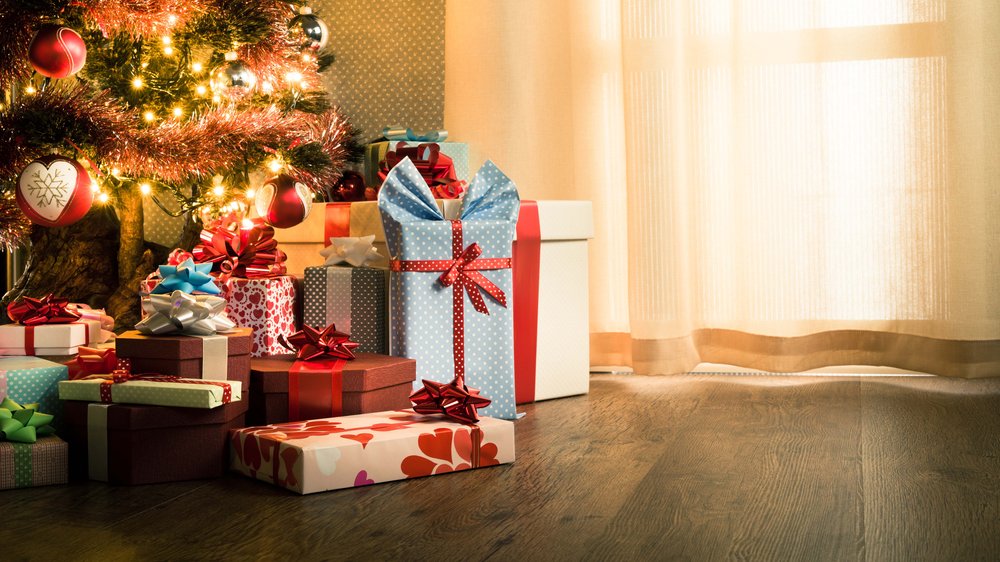April 3rd, 2024

Hardwood floors are beautiful additions to any home or business. However, they also can add durable and sturdy benefits as floors in high-traffic areas. Traditionally, the winter months are the most demanding on hardwood floors. So let’s talk about how to best care for your hardwoods during the winter months and things to consider.
Water
Snow falls in many areas of the country where hardwood floors are popular. So, just because you live in an area that gets snow doesn’t mean you shouldn’t have hardwood floors. Hardwood floors do very well in regions that receive large amounts of snow. Here are a few things to consider when owning hardwoods in snow.
In high-traffic areas, tracking how much water and ice get brought onto your hardwood floors is sometimes impossible. This can be easier to keep up with in a home, where you can ask people to take off their winter boots or snow-covered. But things get even more tricky if you own a business or have hardwoods in a public space.
Water that melts from shoes or boots can wreak havoc on hardwood floors. However, you should be OK with using basic waterproof mats and mopping. Hardwood floors have been stained and sealed with a waterproof solution, so there should be no issues as long as the water isn’t allowed to sit on the floors for too long.

Salt, Mud, And Dirt
The salt, mud, and dirt tracked into the house during winter months are more harmful to your floors than snow. The salt and debris will not only discolor and stain your floors, but they will quickly begin to scratch your hardwoods if not cleaned up quickly. A good vacuum is the best way to take care of the mess that can easily get tracked into a house during winter months. If it is a wet/dry vacuum, even better! To be able to get up the water and the debris is the key to keeping your floors winter-proof.
Before heading into the winter months, make sure your floors are ready. If you see unfinished or places on your floors where the finishing has worn off, you should get them checked out and refinished before the winter is upon you!
Why Does My Floor Have Large Gaps In It??
As the weather outside gets colder, the thermostats indoors get turned up. During the winter, hardwood floors are subjected to heaters and furnaces that keep things warm. Whether hardwood floors are installed in a home or business, they typically react to a heated environment.
A byproduct of indoor heating is that they tend to dry out the air of the rooms that are heated. As a result, access humidity evaporates from indoor heaters, affecting hardwood floors. The most typical reaction for hardwood floors that have been “dehumidified” will be to shrink in size. This can be alarming to notice when all your hardwood floors shift in size and cracks form between boards that never existed before.
For most situations, the small amount of shrinking that happens to hardwoods during the winter is normal and won’t damage the floors. However, if you’re concerned or worried about your floors shrinking, you could use a humidifier to restore moisture to the environment.
Remember, seeing cracks and spaces between boards is normal. However, if you see anything besides this, it would be wise to call a flooring specialist immediately. Unfinished floors can take a beating during the winter months, resulting in costly repairs.
